Contents
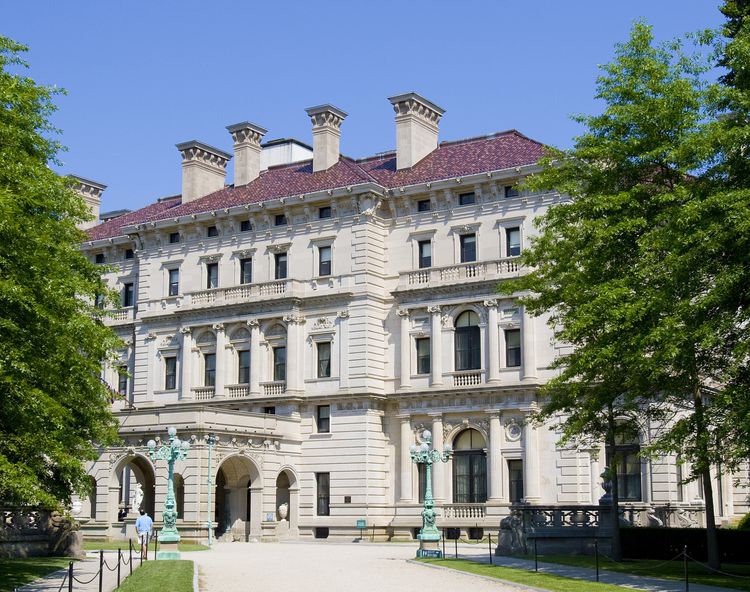
Beaux-Arts architecture refers to a design style that derives its name from the École des Beaux-Arts in Paris, where this prominent architectural approach from the late 19th to early 20th century was imparted. Characterized by its adherence to the symmetry and proportions found in Roman and Greek classical architecture, Beaux-Arts also incorporates elements from the French and Italian Renaissance and Baroque periods. This style gained popularity, particularly for the design of government and institutional structures.
Embodying the pinnacle of European elegance and sophistication, the Beaux-Arts style emerged as a hallmark for the luxurious residences of the elite. Numerous renowned and esteemed structures around the globe showcase the distinctive characteristics of Beaux-Arts architecture.
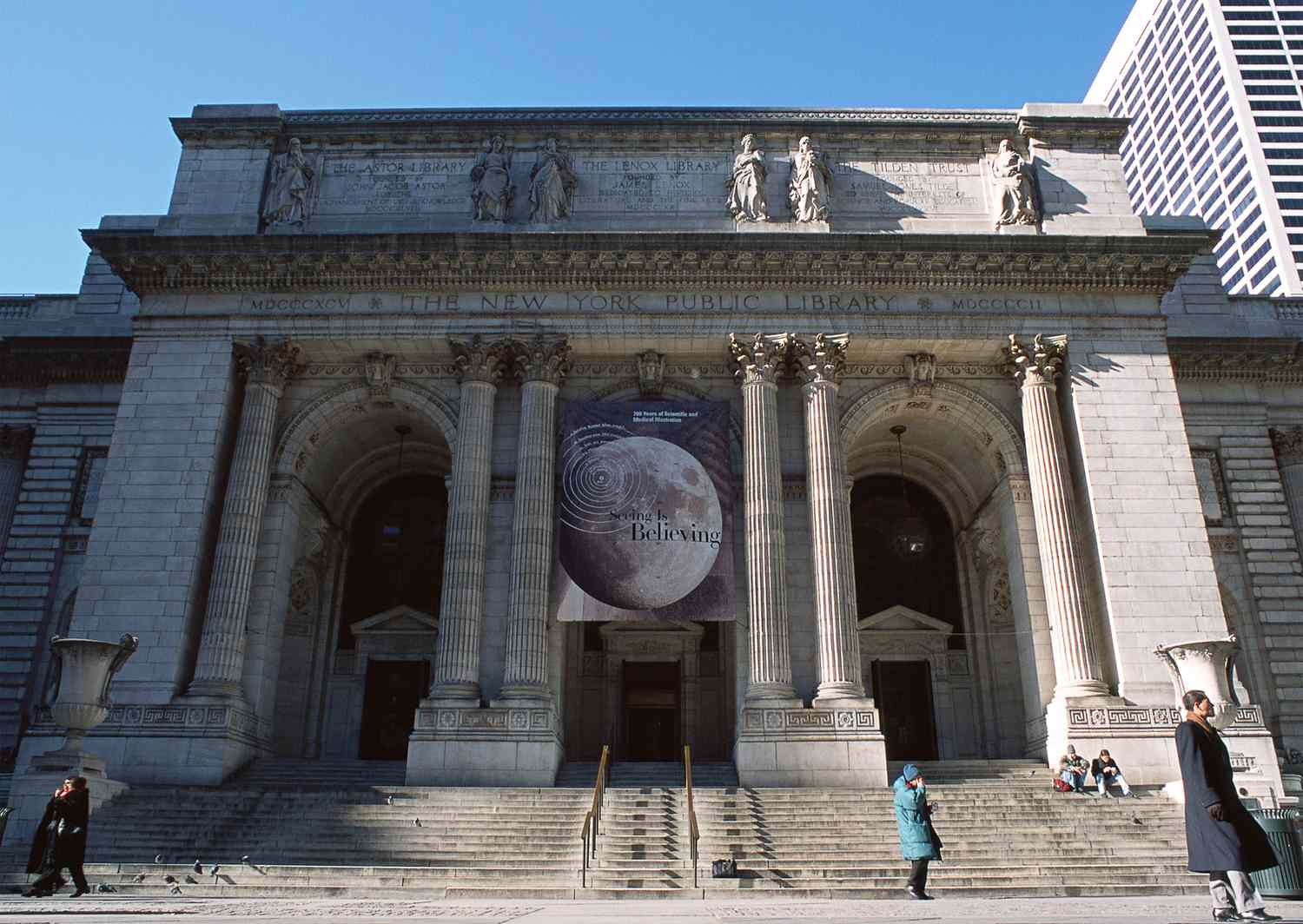
The Evolution of Beaux-Arts Architectural Style
Beaux-Arts architecture originated in Paris in the late 19th century and made its way to the United States during the Gilded Age, influenced by prominent American architects like Richard Morris, H.H. Richardson, and Charles McKim. These architects, having studied at the Beaux-Arts school in Paris, introduced the Beaux-Arts style to America. The movement gained significant popularity, particularly due to the World’s Columbian Exposition in Chicago in 1893, which featured an impressive Beaux-Arts design that captivated the public.
The Great Depression marked a turning point for Beaux-Arts architecture, which came to be seen as excessive, disconnected, and outdated, leading to a decline in its popularity by 1930. Nevertheless, numerous Beaux-Arts structures continue to stand as significant reminders of a luxurious era in major urban centers, maintaining a valued role in contemporary society.
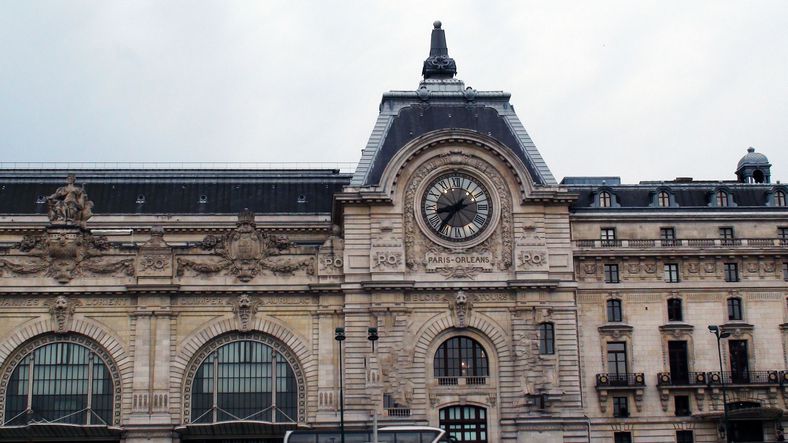
Features of Beaux-Arts Architectural Style
- Elements from classical Roman and Greek architecture, including columns, cornices, and triangular pediments.
- Application of formal symmetry
- A diverse combination of intricate ornamental features from Italian and French Renaissance styles.
- Utilization of materials like stone, marble, limestone, or brick.
- Raised ground floor
- Arcades, structures
- Sculptures, figures, and various ornamental elements on the exteriors of buildings.
- Utilization of curved windows and doorways
- Spacious entrance halls and staircases, along with a well-defined interior spatial hierarchy.
- Interiors adorned with ornamental plaster details and intricate design elements, showcasing replicas of French and Italian Renaissance furniture reminiscent of those seen in European royal residences.
- Ornamental gardens and designed landscapes
Prominent Illustrations of Beaux-Arts Architectural Style
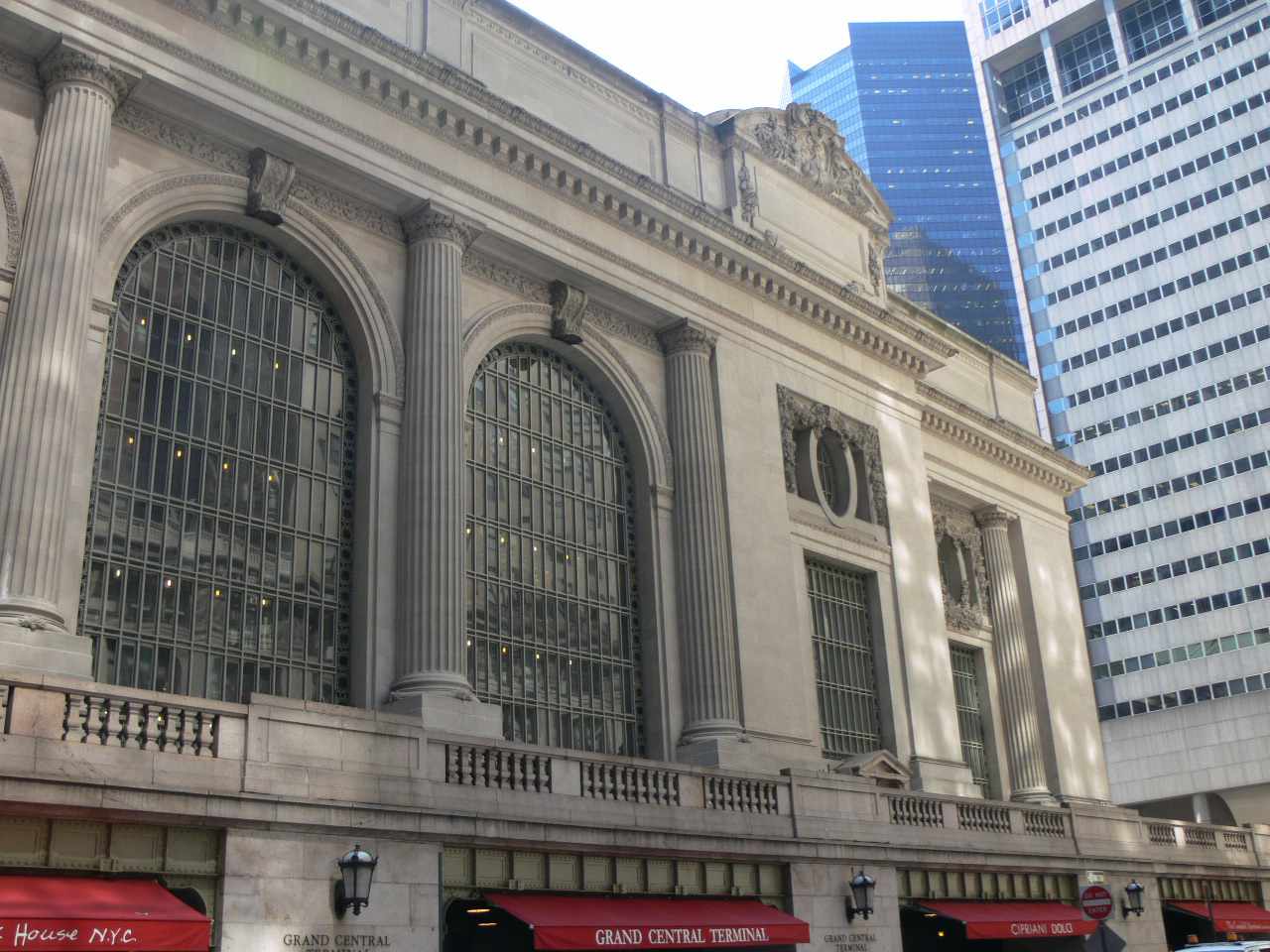
Inaugurated in 1913, Grand Central Terminal in New York City stands as a quintessential Beaux-Arts structure nestled in the center of Manhattan. This architectural gem is celebrated as one of the most stunning transportation centers in the nation, showcasing remarkable beauty both externally and internally. It continues to be a source of pride and a visual reference for the finest architectural achievements in New York City.
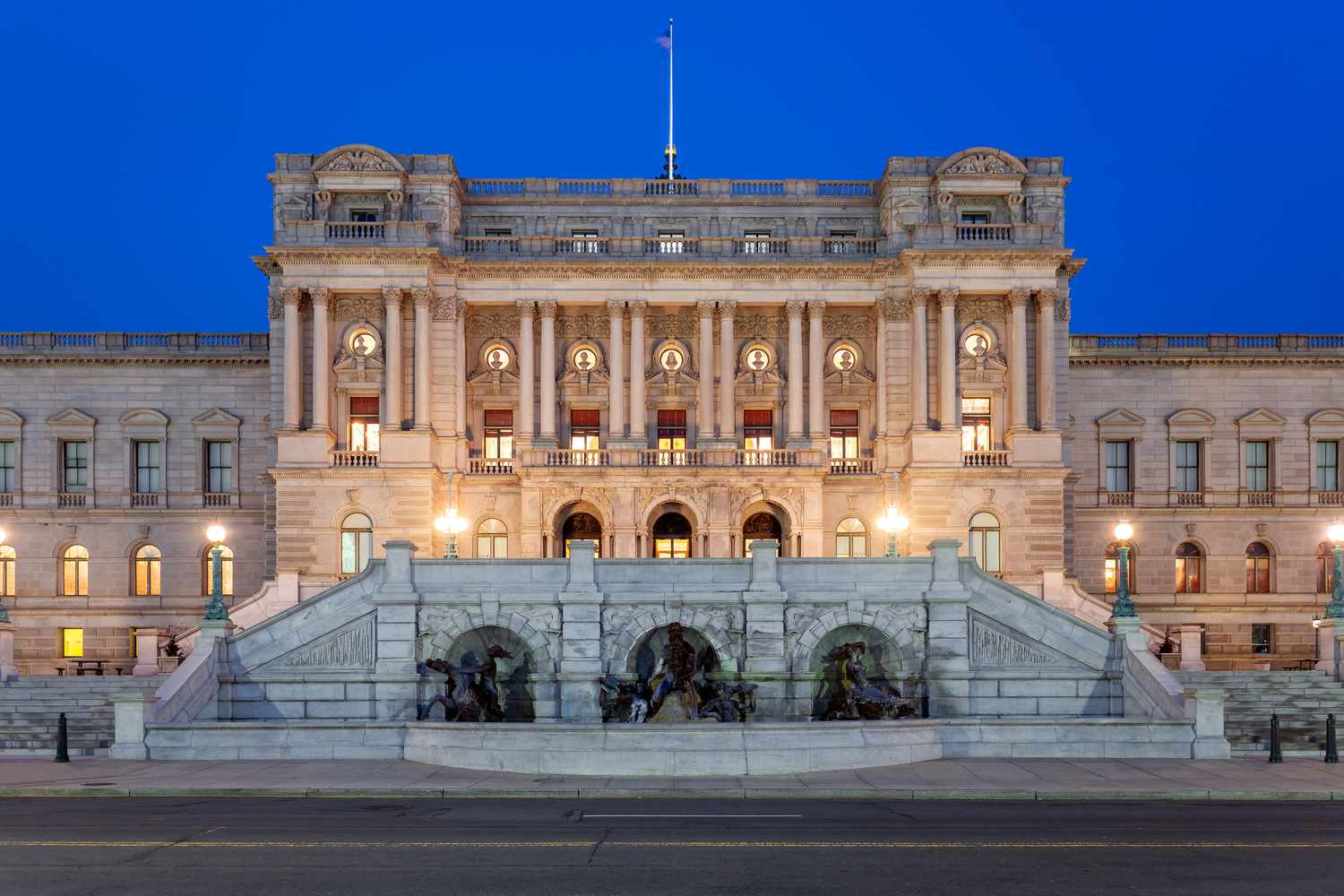
Constructed in 1897 to accommodate the Library of Congress’s collection, which originated in the early 1800s with the acquisition of Thomas Jefferson’s extensive library, the Thomas Jefferson Building in Washington, D.C. stands as a prime illustration of Beaux-Arts architecture. This magnificent structure draws inspiration from the renowned Opera Garnier in Paris.
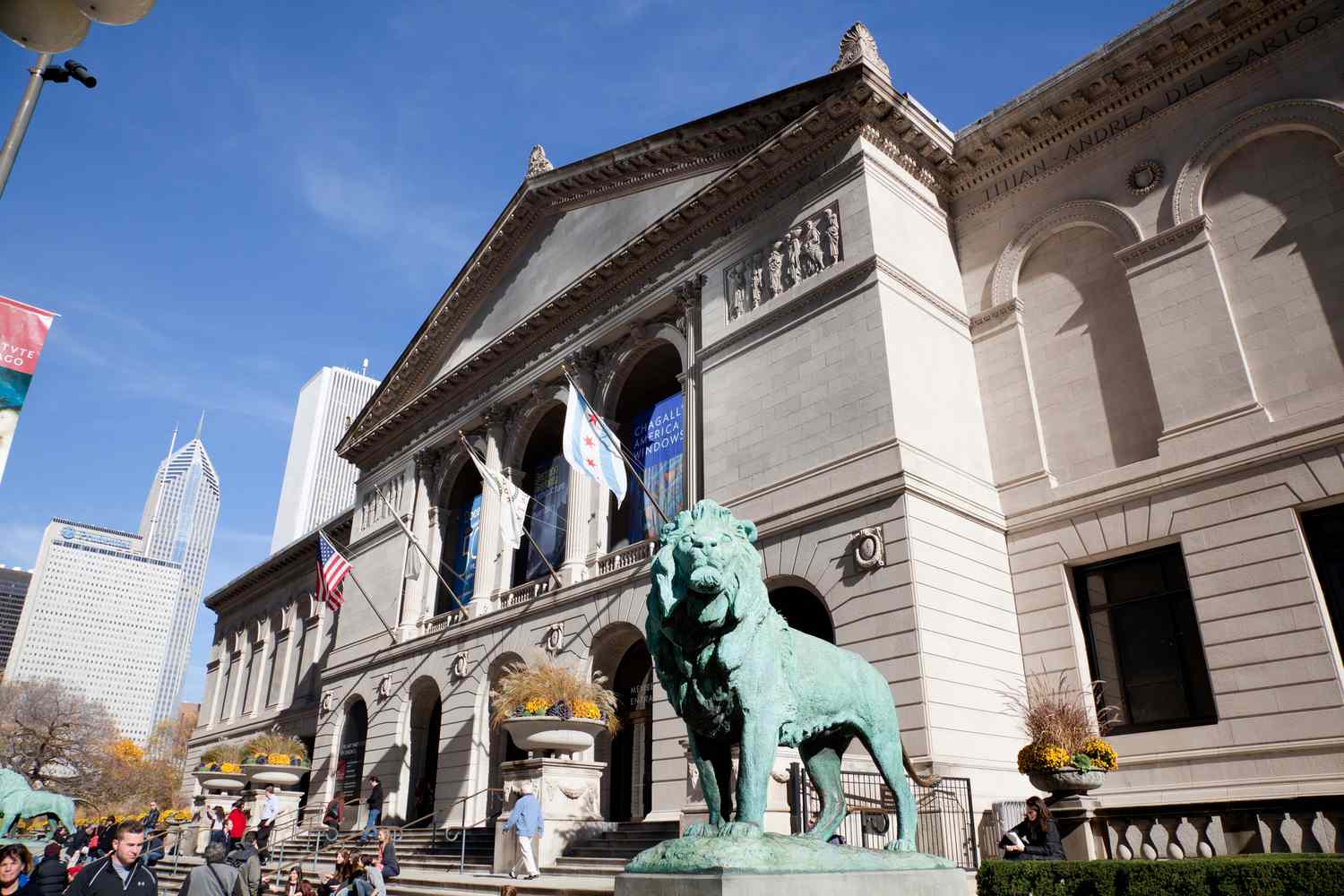
The Art Institute of Chicago, housed in a stunning Beaux-Arts structure crafted by the Boston architectural firm Shepley, Rutan, and Coolidge, serves as both a prestigious fine arts institution and a museum, having opened its doors in 1893.

The Musée d’Orsay is an impressive Beaux-Arts former railway station that has transformed into a renowned art museum located along the Seine River in Paris. Originally opened for the 1900 Paris Exposition World Fair on July 14, 1900, the station was designated a Historical Monument in 1978. After years of inactivity, it was repurposed and reopened in 1986, now serving as a museum that highlights French masterpieces from the mid-19th to the early 20th century.
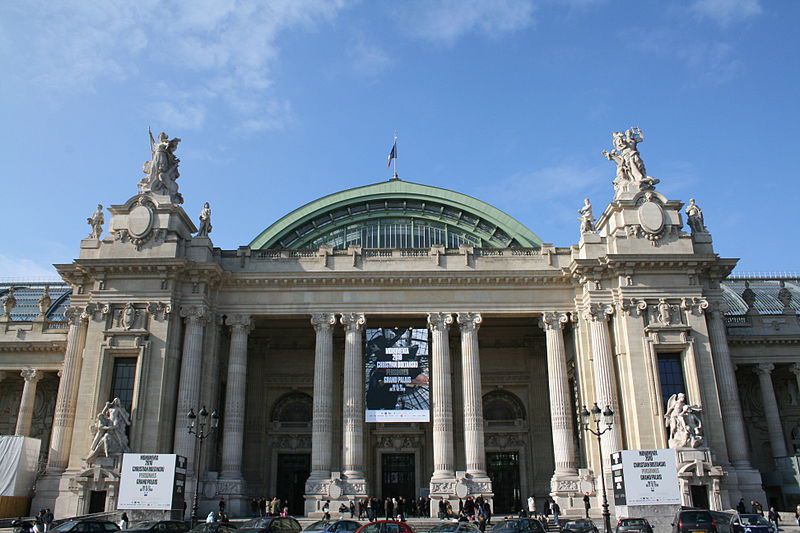
The Grand Palais in Paris, constructed from 1897 to 1900 for the 1900 Paris Exposition, serves as a significant venue for museums, exhibitions, and events, situated along the Avenue des Champs-Élysées. This Beaux-Arts building, made from stone, steel, and glass, was recognized as a historic monument in 2000, marking its centennial.
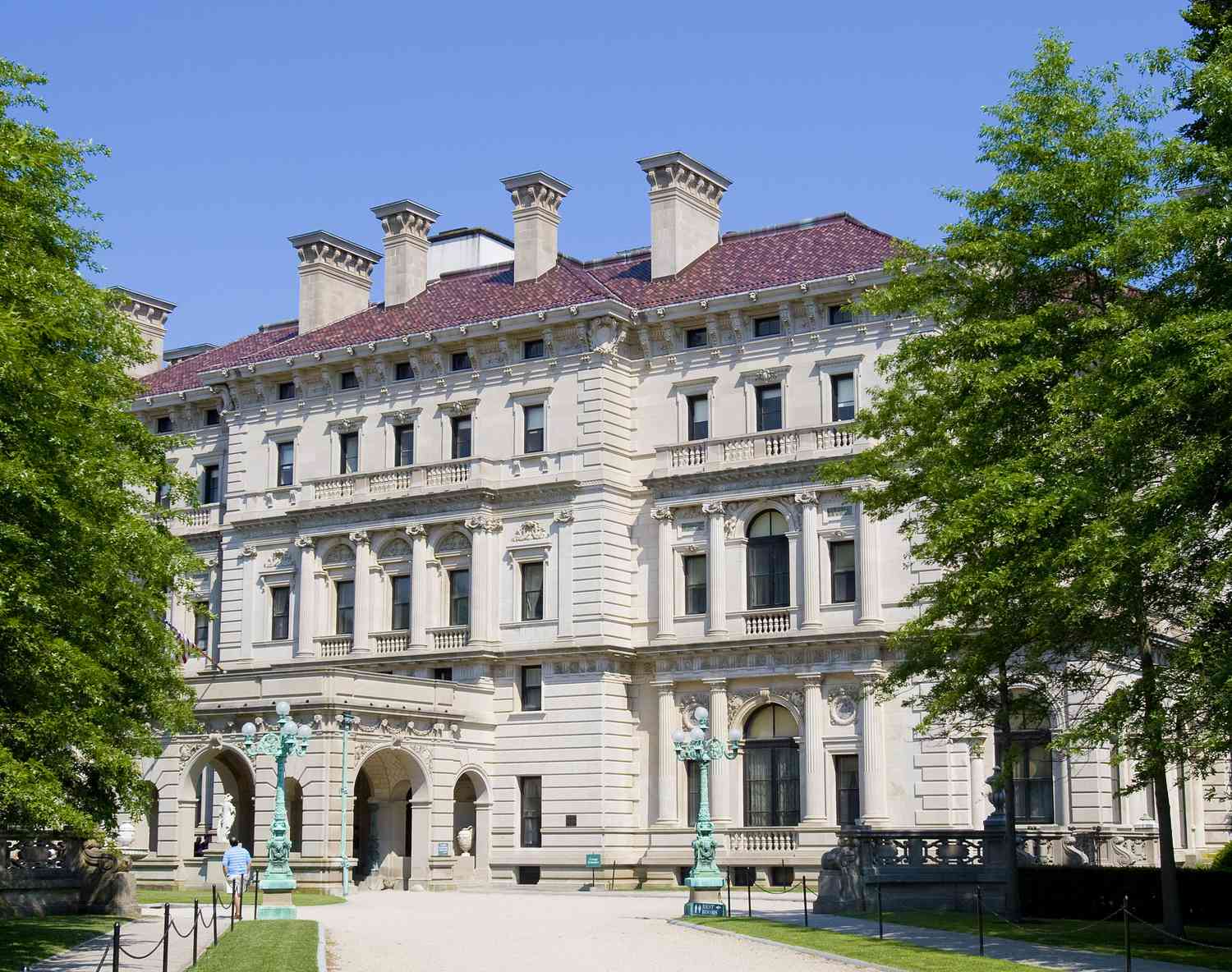
Construction of The Breakers commenced in 1893, serving as the opulent private residence of Cornelius Vanderbilt II in Newport, Rhode Island. It was designated a National Historic Monument in 1994. The 70-room summer residence, influenced by Italian Renaissance design, was crafted by American architect Richard Morris Hunt, who was an alumnus of the École des Beaux-Arts in Paris.
What distinguishes Art Deco from Beaux-Arts?
Beaux-Arts emphasizes striking classical features, whereas Art Deco favors sleek, geometric shapes. The Beaux-Arts style is generally more intricate and ornate, in contrast to the more streamlined and simplistic nature of Art Deco.
What are the defining features of the Beaux-Arts style?
Beaux-Arts architecture incorporates elements from classical Roman and Greek styles, including columns, cornices, and triangular pediments, with an emphasis on symmetry. It prominently features materials like stone, marble, and limestone. Additionally, the style is characterized by formal gardens, meticulously landscaped grounds, and various intricate details.
What is another name for the Beaux-Arts architectural style?
The Beaux-Arts style is occasionally known as Academic Classicism, Classical Revival, or Beaux-Arts Classicism.


 Top 10 Balcony Railing Ideas for Stunning Outdoor Spaces
Top 10 Balcony Railing Ideas for Stunning Outdoor Spaces Guide to Cultivating Anise, Maintaining Its Health, and Collecting Its Seeds
Guide to Cultivating Anise, Maintaining Its Health, and Collecting Its Seeds Waterproofing Balcony Surfaces – Protecting Your Outdoor Space from Moisture and Water Damage
Waterproofing Balcony Surfaces – Protecting Your Outdoor Space from Moisture and Water Damage